Artists, writers, and thinkers, in general, have always looked for new ways to get their message out in the world. One vehicle for creative expression that has evolved through the last century is the zine.
Not only is the word short for magazine or fanzine, but its diminutive nature may also refer to the limited circulation or print run, as well as the size of the publication itself. Over time, the zine has come to embody a wide range of subjects, audiences, purposes, and mediums.
It’s also an art form that continues to invite creatives to rewrite the (little) book – literally and figuratively – either as a one-off or as multiple copies for distribution.
A Little History
One hundred years ago, Black writers, artists, and activists in 1920s Harlem contributed to the dawn of the zine movement with little literary magazines “to better express ourselves freely and independently.”
In the decades that followed, fans of “pulp” science fiction publications gave birth to their own self-published fanzines by sharing their passions and creativity with like-minded readers. Zines were rediscovered and reinvented through the 20th century.
1960s-1970s | Artists and writers explored unconventional themes and styles that mainstream publishers shied away from through the underground comix movement.
1970s-1980s | The punk rock scene really loved the DIY ideology, which boosted zine production. Content included music, art, and counterculture topics with a raw, uncensored style.
1990s | Let’s hear it for the girls! This zine era covered the Riot Grrrl movement and a new wave of feminism that addressed politics, gender, sexuality, and creative expression.
2000s-present | Thanks to the internet and desktop publishing apps, art zines have experienced a revival. Similar to the artist trading card movement, there are online communities and networks that celebrate and share their art zine creations with a larger audience.
Joining the Zine Scene
I was personally introduced to art zines last year when I took a Field Trip through Creative Mornings, and now I’m hooked. The big appeal is how easy and user-friendly they are. They involve the most basic of materials and the rest is imagination and inspiration.
What you’ll need:
- Paper – any kind of printer, watercolor, sketchbook page, recycled, colored paper, etc. 8.5x11 is typical but not required.
- Scissors
- Optional – bone folder for sharper creases, tape or glue for the final book, photocopier for multiple copies.
- Medium – yes! Anything you prefer; pencil, ink, watercolor, collage, all of the above.
How to make one:
The final product looks much more complicated than it is, and there are a few different ways to fold that all end with the same result. Thinking of hot dogs (the long fold) and hamburgers (the half fold) is a good trick to remember the order. Here’s a quick video that demonstrates it perfectly:
 |
| Video (Click to View) |
When you’re done folding and cutting, you’ll have a little eight-page booklet that’s ready to become art. You can draw or write in it, page by page, like a book, or I recommend lightly numbering the pages from cover to back when folded, then lay flat to work on it.
 |
| Unfolded Art Zine |
This format will be particularly easier for watercolors or mixed media that need to be glued down. Once you have the zine ready to create, here are just a few suggestions for content or designs:
- Mini art journal
- Illustrated poetry
- Multi-page greeting cards
- Storytelling
- Kids activity
- Mini personal art portfolio for sharing
- Cartoons and graphic art
- Small travel journal
- Urban sketchbook
Art zines continue to thrive as a medium for artists, writers, and creators to express themselves in a variety of channels. I’m so glad I discovered them because they’ve provided me a new platform for experimenting and expanding my mixed-media artwork.
For more inspiration, check out @elliedrawsfaeries and @zinequeen2024 on Instagram.
And if you’re in Tucson, look for an upcoming Art Verve Meetup focused on art zines!
| Sponsored by the Art Verve Academy. Enroll in studio art classes for adults in Tucson, Arizona, at ArtVerveAcademy.com. |





